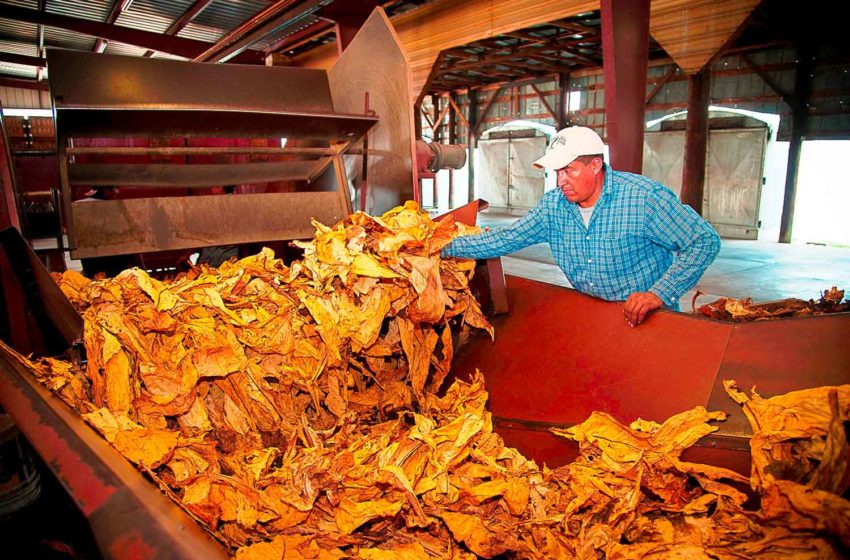
The U.S. Food and Drug Administration has delayed the effective date by which cigarette manufacturers will be required to print graphic health warnings on their products by three months to July 13, 2022, reports The Winston-Salem Journal.
It is at least the fourth delay for the graphic warning labels when counting previously set launch dates of June 18, 2021, Oct. 16, 2021, Jan. 14, 2022, and April 14, 2022.
The FDA released its final rule requiring new graphic warnings for cigarettes in March 2020. The rule calls for labels that feature some of the lesser known health risks of smoking, such as diabetes. The graphic warnings must cover the top 50 percent of the front and rear panels of packages as well as at least 20 percent of the top of advertisements.
In April and May 2020, cigarette manufacturers and retailers sued the FDA, arguing that the graphic warning requirements amount to governmental anti-smoking advocacy because the government has never forced makers of a legal product to use their own advertising to spread an emotionally charged message urging adults not to use their products.
In a more recent challenge, tobacco companies argued that the deadline was too onerous due to the impact of the Covid-19 pandemic. They also pointed to the risk that they would lose their investments in new packaging if the graphic health warning requirement were to be thrown out in court.
“These expenditures of resources for the purpose of meeting the rule’s requirements constitute irreparable harm because plaintiffs cannot recover money damages should the rule and/or the graphic warning requirement in the Tobacco Control Act be invalidated,” the companies said in a legal filing.
In March 2021, a district court judge in Texas granted a motion by the plaintiffs to postpone the effective date of the final rule to April 14, 2022. In May 2021, the court pushed back the final rule by an additional 90 days.
This is the Food and Drug Administration’s second attempt to enact graphic health warnings under the 2009 Family Smoking Prevention and Tobacco Control Act. The first rule was struck down by the federal court in the District of Columbia as a violation of the First Amendment.


























